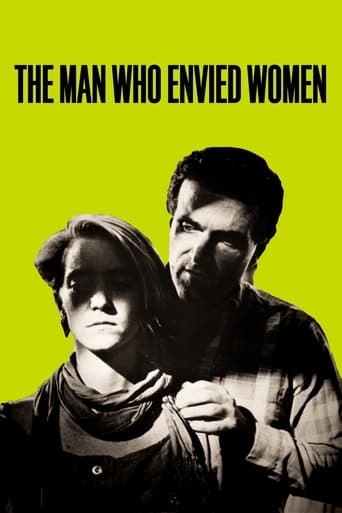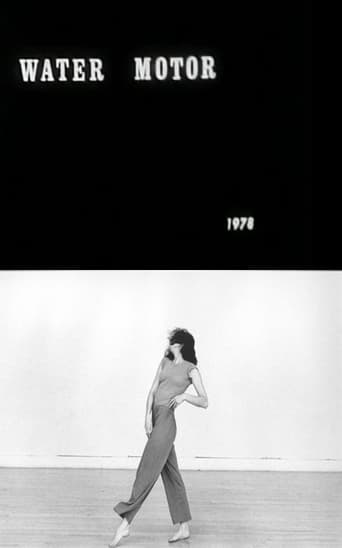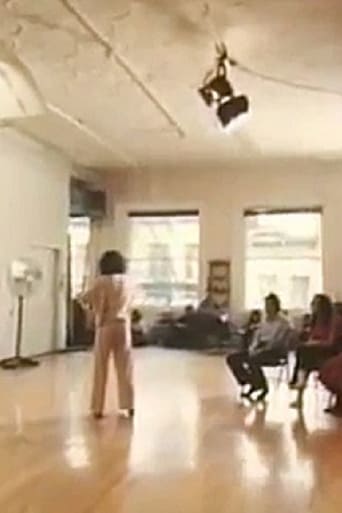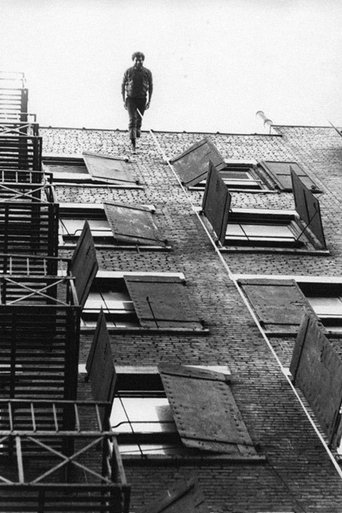Trisha and Carmen
Jan 01, 1970Shot at the Teatro di San Carlo in Naples, Italy, Trisha and Carmen is a compelling narrative/document on the 1987 production of Carmen, which was directed by Lina Wertmuller and choreographed by Trisha Brown. Barr cuts between the rigorous discipline of rehearsal, Brown's meticulous preparations in her dressing room, and the actual performance. Through the course of the tape, Barr traces Brown's metamorphosis, paralleling her physical and mental transformation with the transformation from rehearsal to performance. Anchoring the work on one central and riveting image — Carmen's measured and sensual walk toward her lover — Barr returns to it throughout, zooming closer with each successive sequence until it culminates in the performance itself. By focusing on this one memorable and essential sequence, Barr articulates and magnifies the taut expressiveness of Brown's choreography.







